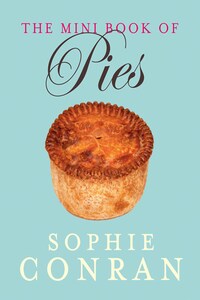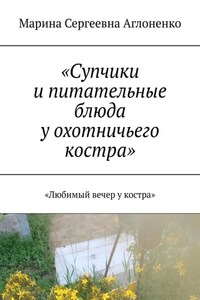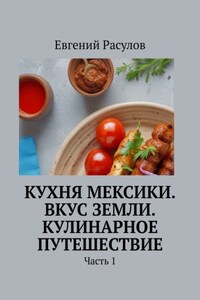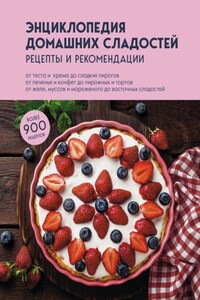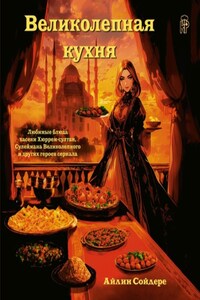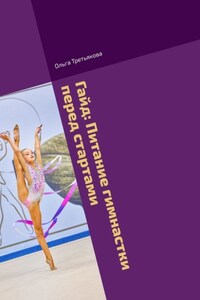What is a pie? Sounds like a simple question, but over the years pies have been and still are many varied things, so for a definition I’d say the looser the better. Pies can be savoury or sweet, enclosed or open, with pastry or not, the right way up or even upside down. Pies helpfully are often called a pie, but sometimes it’s a pasty, a quiche, pudding, tart or even a cake.
Big or small, pies are wonderfully difficult to define. The term “pie” is used to describe dishes that aren’t pies at all but confections, and their adjunct can describe their filling or not. An Eskimo pie is my favourite offender, being neither a pie nor containing a single shred of Eskimo. It is, in fact, an oblong of ice cream covered in chocolate. So, in keeping with the rebellious nature of pies everywhere, I’ve sneaked some controversial ones into this book!
Pies have been the food of kings and of paupers, eaten at extravagant banquets or taken down Cornish tin mines (the origin of the pasty), and there was a time when the streets of every town across the land would have been filled with the shouts of pie sellers. Yet in recent years the reputation of pies has suffered greatly in the public imagination, largely due to the many food crimes committed in its name. Pies have become associated with unhealthy, mass-produced snacks made from the otherwise unwanted parts of animals: the gristly and knobbly bits, encased in a tasteless, processed shell that coats your mouth in fat. But a pie is only as good as the quality of its ingredients, and happily there now seems to be a pie renaissance underway with lots of new companies producing fabulous pies, baking only the best fillings under the lid.

Pies are great for entertaining, as they can be prepared days in advance and make a fabulous centrepiece. They are also a great way of using up leftovers, transforming them from yesterday’s roast into steaming loveliness. And they freeze well too. Regardless of calorie count, I cannot think of anything so wholesome and nurturing for children, so comforting as a treat or so perfect for a big occasion as a well-made pie.
Pies are very social dishes and for this reason I have included numerous recipes written by family and friends. They are all about sharing and as such encapsulate some of the greatest joys in life. A pie makes an excellent gift. You will be very popular with friends if you bring one along when staying for the weekend (one less meal for your host to cook). During the days and nights of writing this book I have cooked hundreds of pies, baking on average about three different flavours a day. My kitchen has been groaning with pies and being the offspring of two war babies I loathe waste, so every visitor or person I have visited has had at least one pie pressed upon them. I can often been found with a pie in the bottom of my handbag, just in case I see a hungry-looking friend. They have always been delighted to receive it.
I hope you enjoy cooking from this book, getting it dirty, splattering it with ingredients. I hope you enjoy the smells, the sound of gentle bubbling, the peace of mixing and rolling the pastry, the excitement of fetching a pie from the oven. But most of all I hope you enjoy sharing the results of your labours with those that you love.
Pastry is as easy as pie. It really is a doddle. It’s just a simple mixture of flour, fat and liquid to bind.
Use a nice fine flour; the best you can lay your mitts on. I like to use natural fats in my pastry, avoiding anything containing hydrogenated vegetable fats such as margarine and some shortenings. Admittedly, these do make pastry easier to work with, as they melt at a higher temperature and don’t become as oily, but they’re difficult to digest and I personally think they taste foul. Butter and suet, on the other hand, are whole foods. The body recognises them and can digest them easily. I use butter for shortcrust pastry, which makes a wonderful, light, biscuit-like pastry. Suet makes a pastry that’s really easy to handle. I’ve found it holds its shape best too as it does not shrink or crumble. If you’re a novice, try a suet crust as it is pretty foolproof.
Pastry is usually made up of approximately two-thirds flour, one-third fat and enough liquid to bind it. The quantities you will need may vary as may the type of flour, fat or liquid used. Have a play. You can also add any flavour you like: spices, cheese, herbs, horseradish, mustard (English mustard powder is great mixed into a cheesy pastry; grainy mustard adds a great texture), and even vegetables or bacon can be added to savoury pastry, just like bread. For sweet pastries, try sugar, honey, spices like vanilla, cinnamon or nutmeg, rosewater, dried fruit or herbs such as lavender and even crystallised petals. Let your imagination be your guide, but make sure what you add complements the filling and enhances the flavour. When adding an extra ingredient, be mindful of the consistency of the pastry – some ingredients can dry it out, while others make it too sticky. This can be fixed by adding either a little flour or a little liquid.
